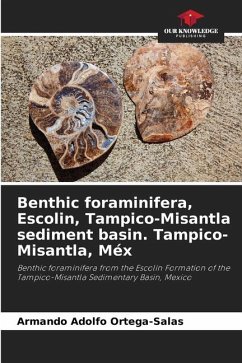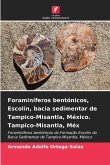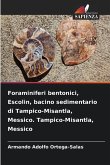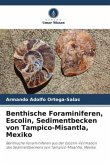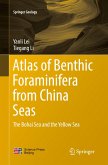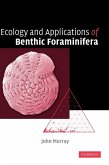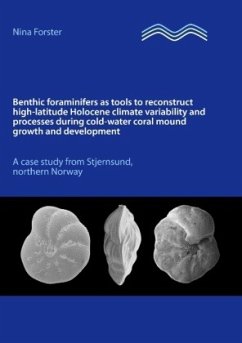Pemex's efforts to increase its reserves have promoted exploratory studies of different disciplines in the Continental Shelf of the Gulf of Mexico. The Tampico-Misantla Basin is one of Mexico's oil basins. Exploration in the Tampico-Misantla Basin began around 1860, with exploitation starting in 1904. To date, 5 869 million barrels of oil and 8 447 billion cubic feet of gas have been produced; it accounts for 21% of crude oil equivalent reserves in 2018, of which 67% is oil and 37% is gas (Encuentro Internacional de Energía, Mexico 2019). This is a systematic study of representative species of benthic foraminifera found in sediments from the type area of the Miocene Escolín Formation of the Tampico-Misantla Sedimentary Basin, Veracruz State, Mexico. The morphology of the species is redescribed and illustrated.

